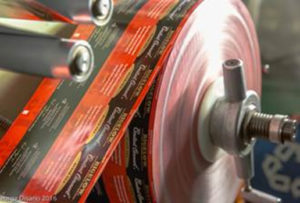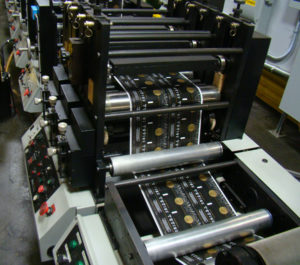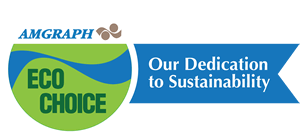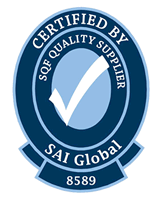As Seen in the August Issue of STiR
There are compelling reasons for tea manufacturers to consider the sustainability of their packaging, and FDA regulations are certainly among them. However, of equal if not greater importance than the FDA are your customers and employees. Many of them have a keen interest in green packaging and are likely to think of FDA compliance as a baseline sustainability effort. People today are looking for more.

A 2015 Cone Communications/Ebiquity CSR Study revealed that 84 percent of consumers globally say they seek out responsible products whenever possible. They are making purchases with an eye toward a brand’s demonstration of corporate social responsibility and that includes everything – products, packaging, and all aspects of a company’s operations. According to Smithers Pira, worldwide authority on the packaging, paper and print industry supply chains, “sustainability is no longer just ‘nice to have’ but is now seen as a necessity for attracting consumers and protecting market share.”
Taking complexity out of compliance
Baseline effort or not, complying with FDA regulations for tea packaging is a must-do, and the agency’s standards can be confusing. What’s the difference between direct and indirect additives versus direct and indirect contact? How can you ensure your packaging meets FDA standards? Just as critical, how do you prevent your packaging from tainting the taste or smell of your tea products?
The good news is, you don’t need to have all the answers – as long as you have a packaging partner who does.
ABCs of FDA regulations
The FDA identifies direct additives as substances intended to become an ingredient in a food product. Preservatives, flavoring agents, and gums all fall under this umbrella. Indirect additives are substances used in the processing, packaging, holding, and transporting of food, which may become a component of the food. They are not intended to be part of the food.
Direct contact substances are those that directly contact food – for example, the inside lining of a pouch that has been heat-sealed with a resin. Indirect contact substances are those that may or may not come into contact with food. The outside of a food bag or carton would be considered an indirect contact substance.
How are printing inks classified?
The FDA considers printing inks and coatings indirect additives that may or may not have direct or indirect contact with food. Of course, the manufacturer does not intend to mix inks or coatings with food, but it may happen if contact is inadvertently made.
Manufacturers can choose water- or solvent-based inks and coatings to create packaging graphics and content that are acceptable under FDA guidelines. For sustainability and ease of use, water-based inks and coatings offer distinct advantages over solvent-based solutions, with no drop-off in performance. Think of it as the difference between working with latex and oil house paints. Both get the job done, but the water-based products are significantly easier to work with.

Four advantages of water-based inks
Among the advantages of water-based inks are the following:
- Once they dry, water-based inks are solvent-free and therefore pose no danger of solvent migration or leeching.
- Because solvent-based inks contain volatile organic compounds (VOCs), they require a coating to create a barrier between them and any foodstuff to mitigate against leeching.
- Because water-based inks require no coating, production is easier. Fewer steps are required, and tag stiffness and potential damage to needles in filling machines are avoided.
- Water-based inks can provide comparable end-use performance as solvent-based inks, especially on absorbent substrates such as paper and corrugated board.
In addition, water-based inks allow tea manufacturers to reduce concerns about VOCs and related health problems, minimize environmental impact, and eliminate solvent disposal and dangerous emissions.
Part of a sustainable production process

Tea manufacturers have become vigilant about vetting sustainability practices prior to engaging a packaging supplier. They demand transparency on all aspects of operations just as their customers expect full disclosure from them – including information about the production practices of their supply-chain partners. Among the questions they are asking:
- Is your production process clean start to finish?
- Will you provide us with biodegradable and compostable packaging options?
- What are your policies on ethical sourcing?
- Do you support sustainable forestry?
- Do you run on renewable energy?
- How do you ensure worker safety and wellness?
Packaging suppliers should welcome such holistic evaluations of their company, knowing that if they can help a manufacturer meet their production goals and secure relationships with their customers, then they’ve likely secured a relationship with them.
Smart business for multiple reasons
Finding a packaging vendor whose products and processes reflect a true commitment to sustainability is smart business for tea manufacturers on several fronts. By doing so, they can ensure compliance with evolving FDA packaging standards; guard against product contamination; protect their employees from harmful VOCs; contribute to the sustainability of the environment; and appeal to the concerns of today’s consumers whose purchase decisions are increasingly being made with consideration of a brand’s demonstration of corporate social responsibility.









